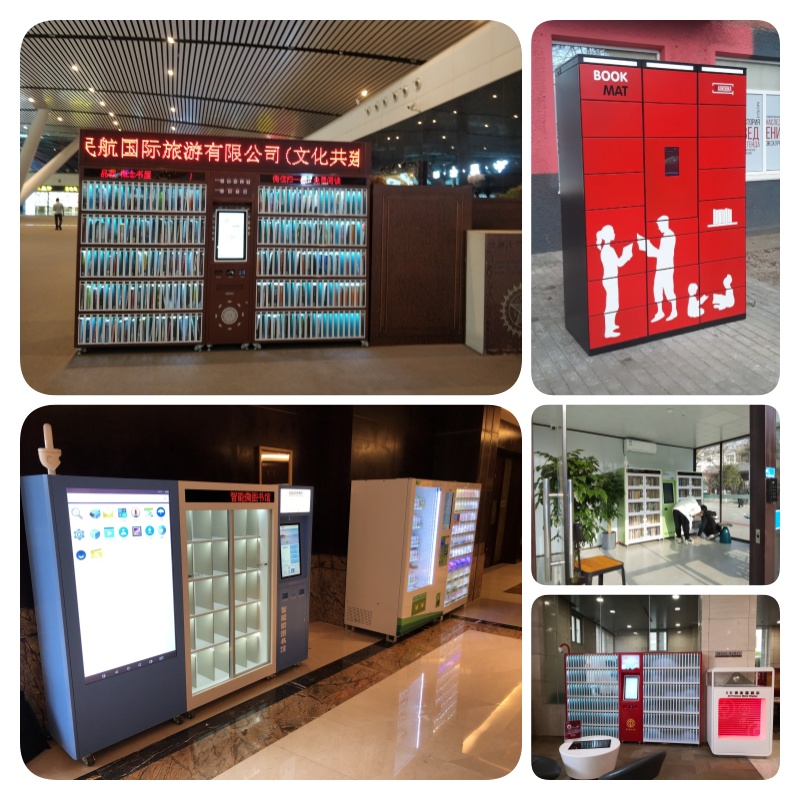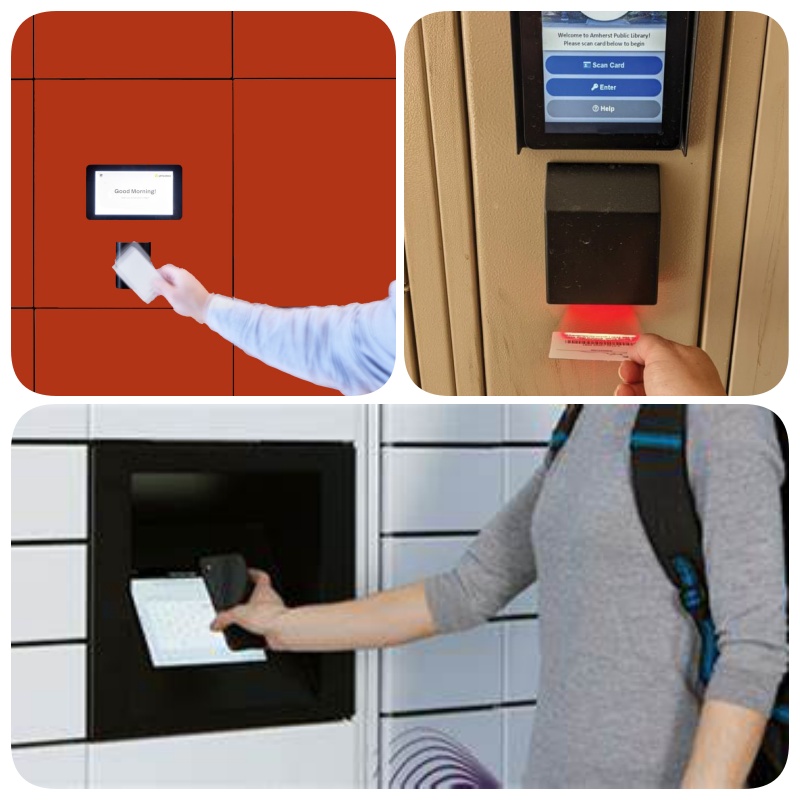Libraries are continuously evolving to meet the changing needs of users, and self-service smart lockers, have emerged as a powerful tool to enhance accessibility, convenience, and engagement. By allowing users to collect reserved books at their convenience—even outside regular library hours—these lockers extend library services beyond traditional boundaries. In this article, we’d like to discuss how they impact library outreach and engagement.
Outreach service anytime, anywhere
One of the most significant benefits of smart lockers is their ability to provide 24/7 access to library materials, unlike traditional library hours, which may not align with patrons' schedules. Those busy individuals cannot visit the library during regular hours. However, pickup lockers enable them to pick up holds or borrow and return items at any time—whether early in the morning, late at night, or on weekends. Another success of making lockers gained immense popularity roots in their ability to offer service outside the library, extending library outreach. Library remote lockers can be strategically placed in high-traffic areas, or even the underserved areas to make it possible for users to retrieve their reserved materials at their convenience.
Custom wrap to grab attention
Acted as a mini-library placed in any location, a smart locker with an eye-catching, branded graphic wrap will make it visually appealing. Many users may not know what book pickup lockers are and how to use them. The custom wrap makes it easy to grab new audiences’ attention. Vibrant colors and playful illustrations design enables them to stand out in crowded spaces. Clear instruction graphics guide first-time users to reduce their hesitation. Wrapping lockers in different themes can speak directly to different user groups. By doing so, holds pickup lockers can drive engagement in unexpected ways.
Digital interaction to enhance adoption
Timely and clear communication is one of the keys to encouraging adoption and enhancing library engagement. Most book locker systems simplify their touchscreen menu with fewer taps or clicks, reducing user errors and streamlining the transaction process. Providing support in multiple languages ensures that language barriers don’t hinder access to library materials, and serves diverse users. Seamless App integration allows users to reserve books online and get SMS/email reminders when holds are ready for pick up, which maximizes convenience and keeps users actively involved.
Contactless locker, higher usage
The pandemic reshaped user expectations and experiences. Most people still prioritize contactless service in the post-pandemic era. 24/7 access lockers keep users away from crowded spaces to borrow, return, and pick up library materials at their preference, reducing physical contact. Unlike traditional checkouts, library lockers eliminate handling of cards, fingerprint scanners, or manual screen typing, while choosing card scanning or even face recognition as user authentication, which can minimize germ transmission. In this way, library book lockers provide a safer option for health-conscious patrons and high-risk users like seniors and medically vulnerable, leading to higher library engagement.
After-hours pickup lockers are engagement engines and perfect units for libraries, which help library services reach more diverse user groups.
Previous:Library Tech Trends: Metaverse Library vs. AI Library
Next:What Are the Key Components of RFID System in Library?

